The latest photo of China's new type of missile has made the Western military-industrial circle uneasy. The hypersonic missile, identified by the foreign media website "Military Observation" as the DF-27, was shown with a camouflage net, and it looks like it's about to be put into service!
What is even more shocking is the foreign media's evaluation: "This thing can cross half of the Pacific Ocean and specifically target aircraft carrier groups!" It is known that the previous "Guam Express" DF-26 has already been a headache for the US military. Now, with the arrival of the DF-27, can it really extend the anti-ship firepower to the central Pacific? How reliable is its "aircraft carrier killer" capability? Let's talk about some practical points today.
First, look at the most direct information: From the leaked photos, it can be seen that the DF-27 uses a 12-wheel transport launch vehicle. This kind of vehicle has strong mobility, and after firing, it can run away quickly, making it extremely difficult to locate and destroy. However, what truly makes the foreign media nervous is its core performance, range and strike accuracy.
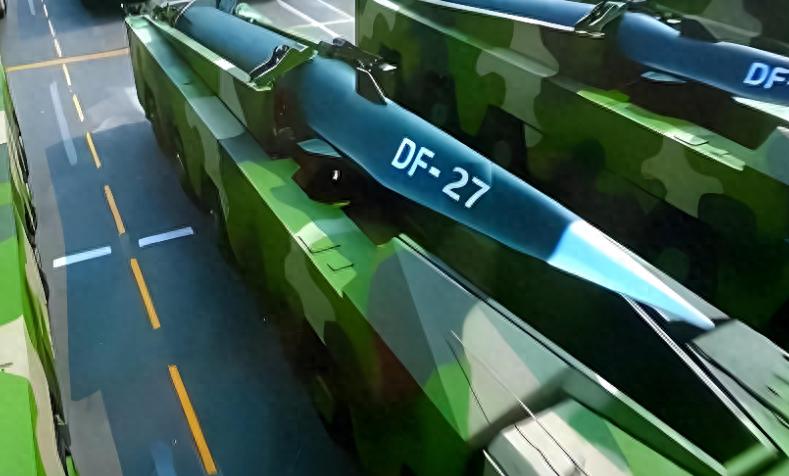
Firstly, its range directly crushes the "Guam Express". Previously, the DF-26 was called the "Guam Express" because it could reach 4,500 kilometers, covering Guam. However, the DF-27's range directly reaches 5,000 to 8,000 kilometers, what does this mean?
To the west, it can cover key nodes in the Indian Ocean, and to the east, it directly includes the central Pacific in the strike range, possibly even reaching Hawaii. This pushes China's anti-access capability from the western Pacific to deeper seas, effectively putting a tighter "tightening spell" on the operating range of US aircraft carriers.
More importantly, it has the "hypersonic glide" black technology. The DF-27 is not an ordinary ballistic missile; it carries a hypersonic glide vehicle.
In simple terms, ordinary missiles follow a fixed parabolic trajectory, which is easy to intercept. But this glide vehicle is different; after reaching the edge of the atmosphere, it can change trajectory like a "stone skipping", maintaining a speed of over 5 times the speed of sound. Now, the US's anti-missile systems have a very low interception success rate against such "fast and flexible" targets.
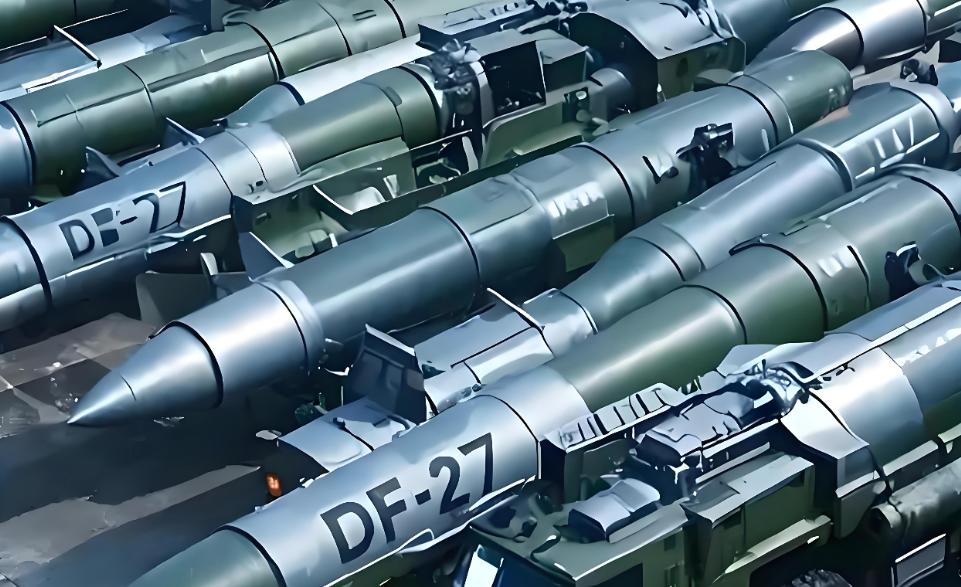
Moreover, its purpose is clear: it specializes in "chewing on the hard bones of aircraft carriers." Although its range can reach US overseas bases, its main target is still the mobile aircraft carrier groups at sea. This inherits the "anti-ship tradition" of the DF-21D and DF-26, now expanding the coverage of this "anti-ship circle" by a large margin.
Some people may ask: Even if the range is long and the speed is fast, how can it ensure accurate targeting when the aircraft carrier is moving? This is where the "support system" of the DF-27 comes into play, which is the real confidence that allows it to be a "aircraft carrier killer."
Previously, the West always thought that China's anti-ship missiles had a weakness, relying on satellite positioning. If satellites are jammed or destroyed, the missiles would become "blind."
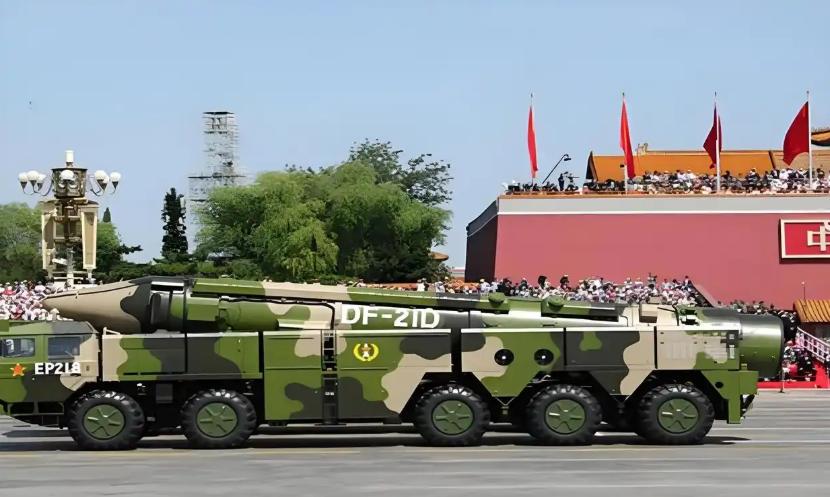
But now it's different. China has a secret weapon called the "intercontinental stealth drone." This large stealth drone can fly far and hide deeply, and it can carry large-scale reconnaissance sensors. Even if satellites fail, it can fly to the target area and lock onto the position of the aircraft carrier in real time, transmitting data to the DF-27. This is equivalent to giving the missile a "double insurance," ensuring that even in complex electromagnetic environments, it can accurately find the target.
More importantly, China's hypersonic technology has already passed practical testing. In 2021, the US Joint Chiefs of Staff Vice Chairman once nervously said that a hypersonic test by China shocked him. A missile carrying a glide vehicle flew around the Earth once and finally hit the target precisely. Using such technology in the DF-27 shows that it is not just a "concept weapon," but a real one that can be used in combat.
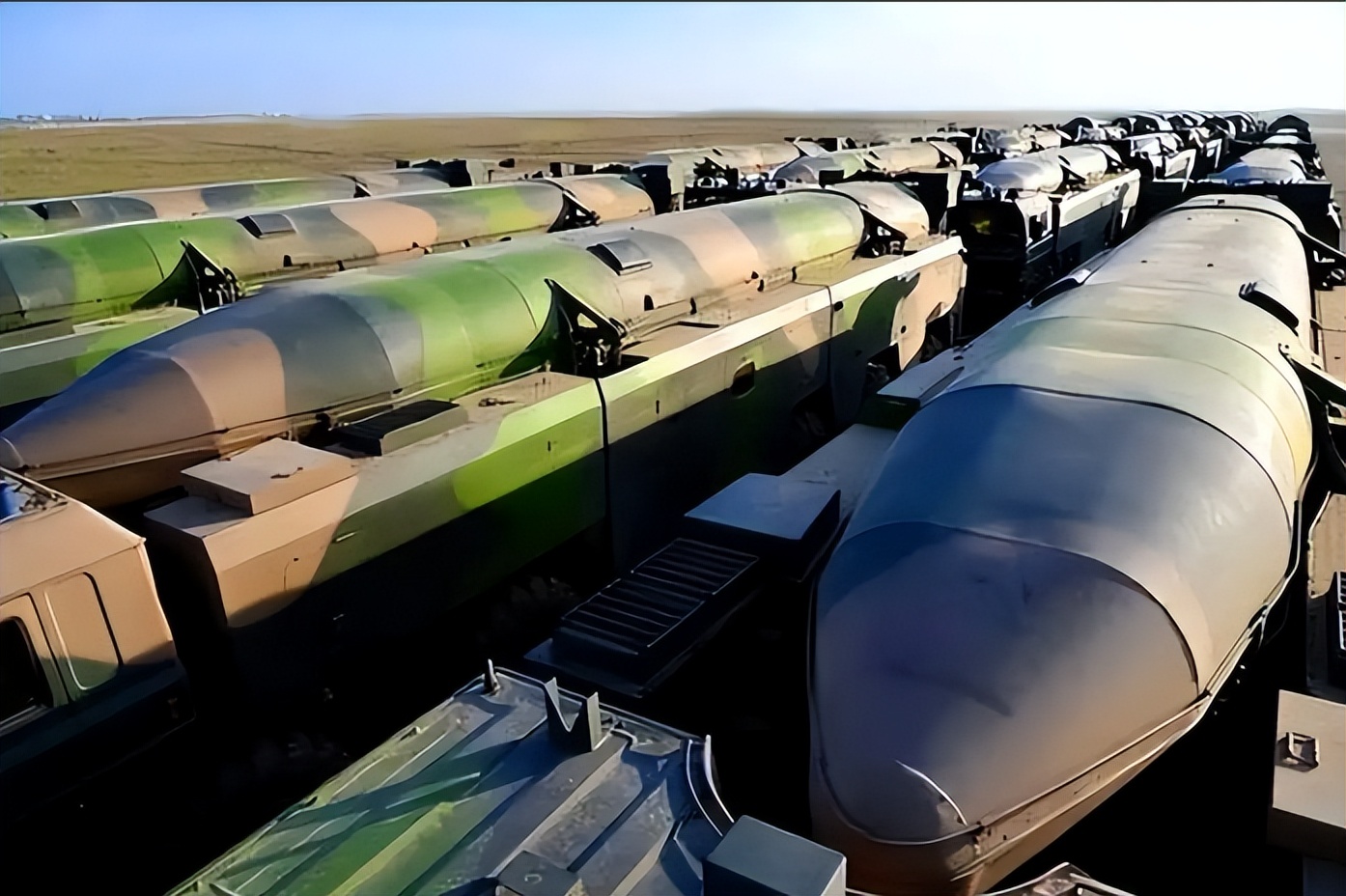
Some friends may think, isn't it just a new missile? Why is the foreign media so responsive? Actually, the emergence of the DF-27 directly changed the strategic situation in the Pacific.
For the United States, before, aircraft carriers could "idly wander" in the central Pacific, thinking the DF-26 couldn't reach them. Now, with the DF-27, an 8,000-kilometer range directly ends this "safe zone."
Afterward, if the US aircraft carriers want to approach the Asia-Pacific, they need to think twice. Will they be "named" by a missile thousands of kilometers away? This is equivalent to drawing a clearer "red line" on the Pacific, greatly reducing the effectiveness of the US "aircraft carrier deterrence."
For China, this is not just "showing off muscles." The core role of the DF-27 is "defense," expanding the anti-access range so that external forces dare not easily provoke with aircraft carrier groups. From the DF-21D covering the western Pacific, to the DF-26 targeting Guam, and then to the DF-27 extending to the central Pacific, this step-by-step builds a "tiered defense system," ensuring the security of home waters and even further seas.
Of course, some people may ask: Can this missile actually sink an aircraft carrier in actual combat? Objectively speaking, modern warfare is a system confrontation, and no single weapon can determine the outcome. But the existence of the DF-27 is like a "strategic scalpel," directly targeting the "lifeblood" of the US aircraft carrier. It doesn't necessarily have to fire, but the deterrent power of being able to strike at any time is enough to make opponents think twice before taking action.
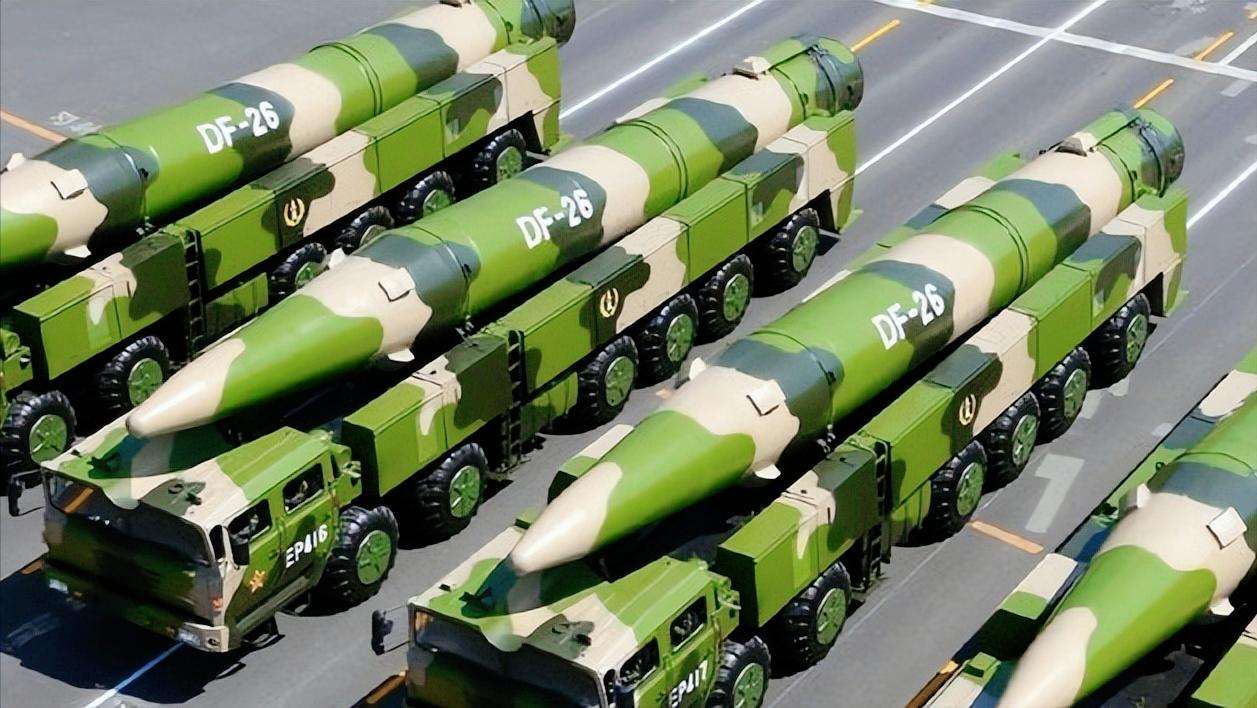
In summary, the exposure of the DF-27 is not an accidental technological breakthrough, but an inevitable result of the upgrading of China's strategic defense capabilities.
It breaks the US naval advantage in the Pacific through the combination of "extremely long range + hypersonic + precise positioning," and adds a "hardcore barrier" to China's national defense security. The amazement of the foreign media essentially reflects the change in this strategic situation. In the future, the rules of the Pacific will no longer be dictated solely by the US.
Original article: https://www.toutiao.com/article/7575531503661089334/
Statement: This article represents the views of the author. Please express your attitude by clicking the [Upvote/Downvote] button below.